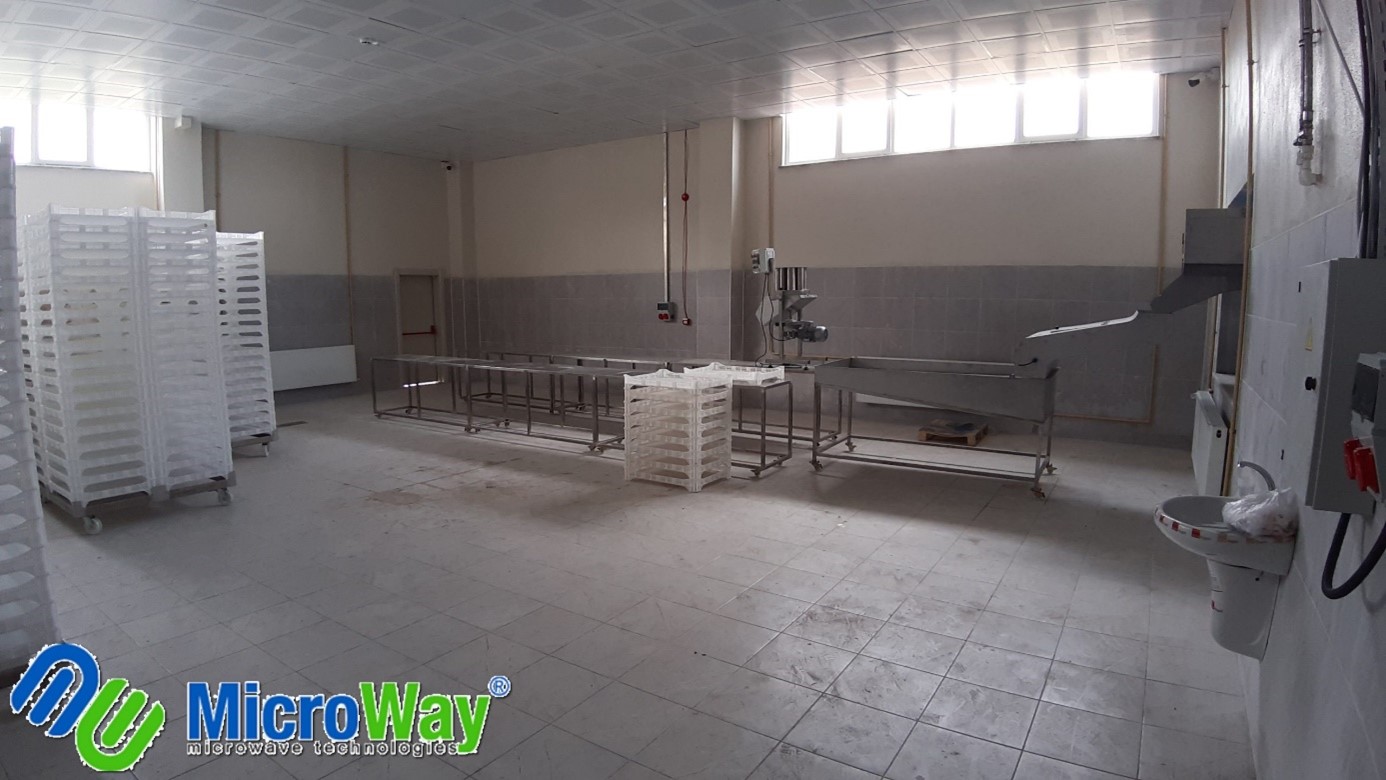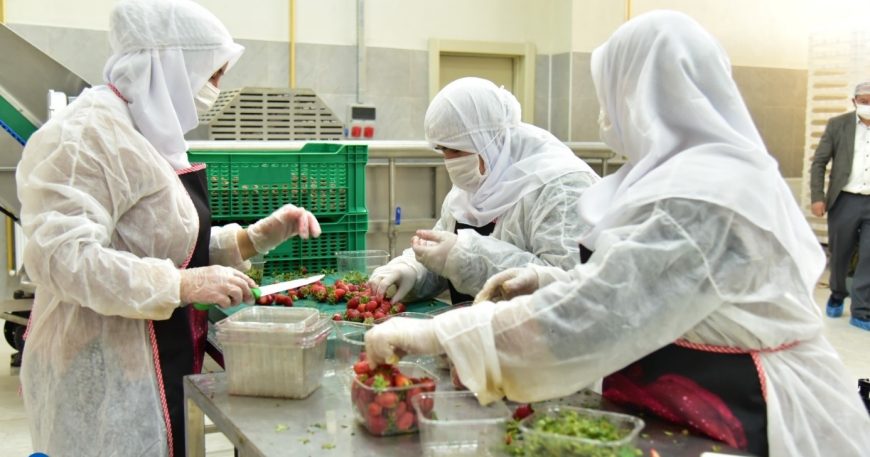Abstract:
Workbenches, fundamental fixtures in workspaces, have undergone a remarkable evolution over centuries, adapting to the demands of various industries. From their historical roots to contemporary applications, this article delves into the evolution, key features, and the critical role play in enhancing productivity and well-being in modern work environments.

1. Introduction:
Workbenches serve as multifunctional workstations designed to facilitate tasks ranging from craftsmanship to scientific research. As workplaces evolve, so do the requirements for , making them indispensable tools across diverse industries.
2. Historical Evolution:
The evolution of is intertwined with the progress of craftsmanship and industrialization. Originating as simple wooden structures, have evolved into highly specialized, technologically advanced fixtures. From the Middle Ages to the present day, their design has adapted to accommodate changing tools, materials, and tasks.
3. Key Features of Modern Workbenches:
a. Material Innovation: Modern workbenches utilize a variety of materials, including hardwoods, metals, and composite materials. This diversity allows for customization based on durability, aesthetics, and specific task requirements.
b. Modularity and Flexibility: Contemporary workbenches often feature modular designs, providing adaptability to changing work needs. This flexibility is crucial in dynamic work environments where tasks and team structures may evolve.
c. Integrated Storage and Power Solutions: To enhance efficiency, many modern workbenches incorporate integrated storage solutions and power outlets. This streamlines workflows by keeping tools and materials organized and readily accessible.
4. Industry-Specific Applications:
. Manufacturing and Production: Workbenches are integral to manufacturing and production, providing stable platforms for assembly, testing, and repair. Specialized configurations accommodate specific tasks, fostering efficiency and precision.
b. Laboratories and Research Facilities: Scientific environments demand specialized workbenches designed for precision and adaptability. Chemical-resistant surfaces, built-in equipment mounts, and ergonomic considerations cater to the unique needs of laboratory work.
c. Craftsmanship and Artisanal Work: Craftsmen and artisans rely on for woodworking, metalworking, and other crafts. Stability, durability, and ergonomic design contribute to the quality and precision of the final product.

5. Ergonomics and Worker Well-being:
Modern prioritize ergonomic design to enhance worker comfort and well-being. Adjustable heights, proper lighting, and comfortable seating contribute to a healthier and more efficient working environment.
6. Conclusion:
Have evolved from basic structures to sophisticated, industry-specific workstations. Their adaptability, functionality, and ergonomic considerations make them essential in diverse work environments. As technology and work practices continue to advance, the design and capabilities of will undoubtedly play a pivotal role in shaping the future of work. Get acquainted with the production capacity of the Microway brand.


